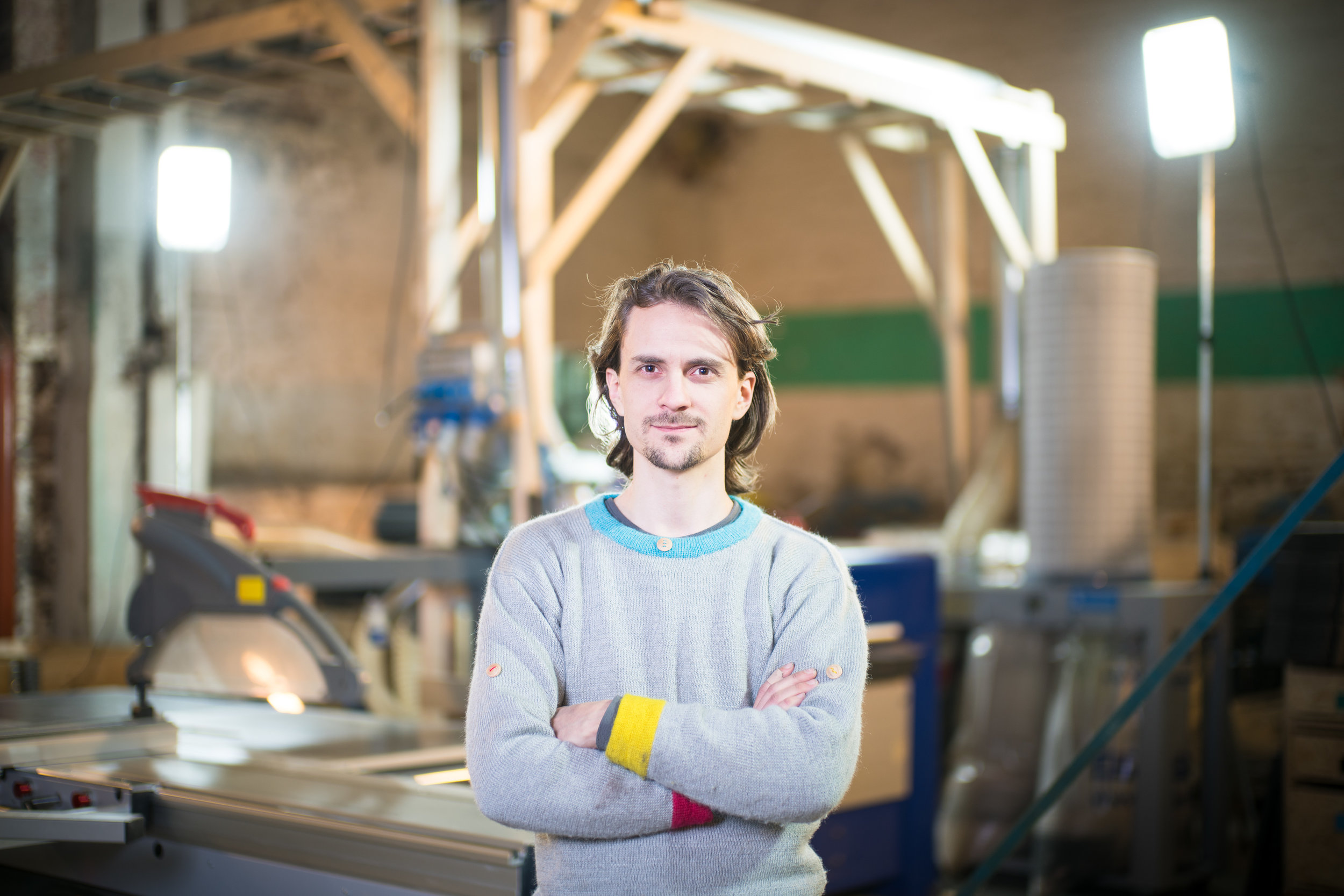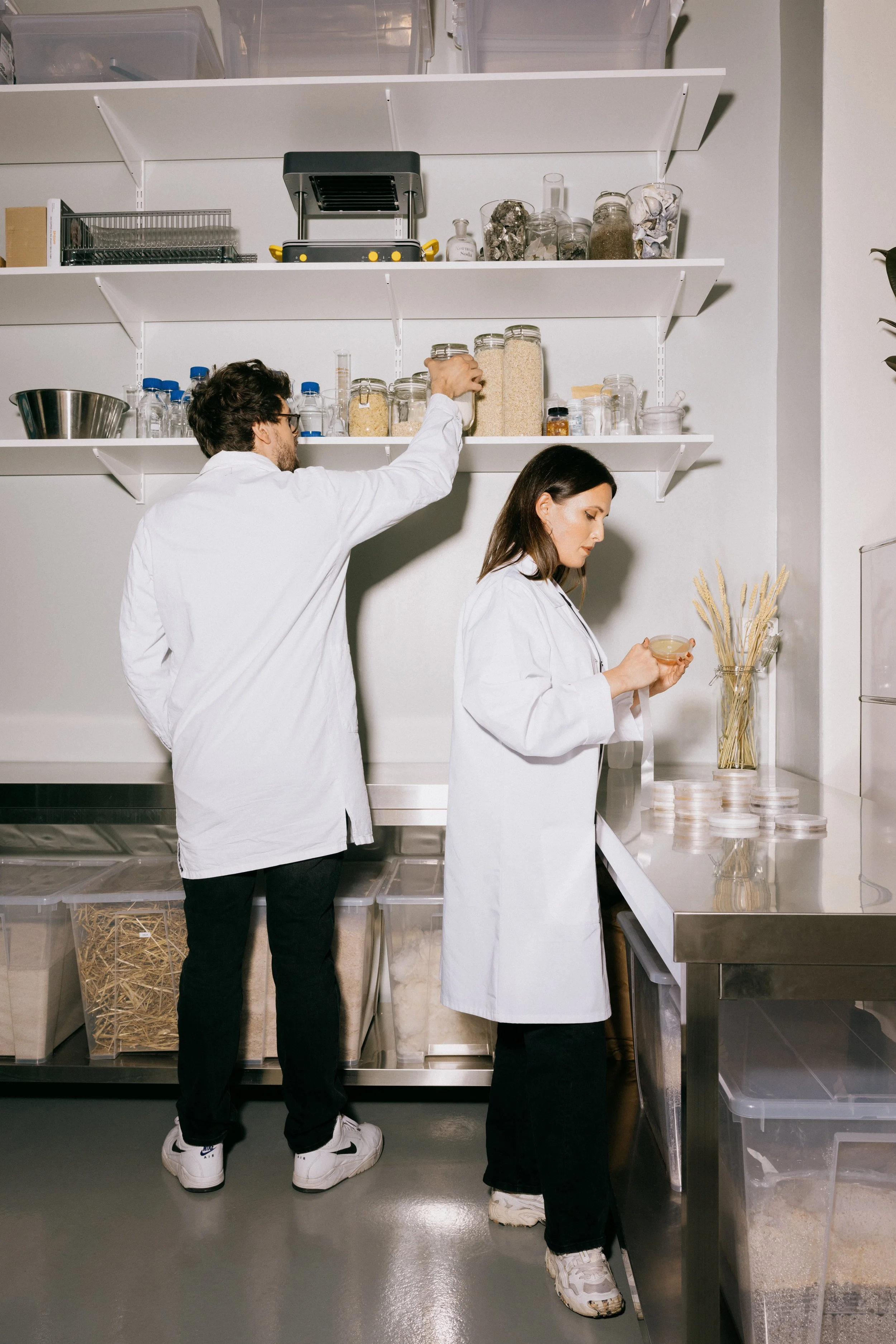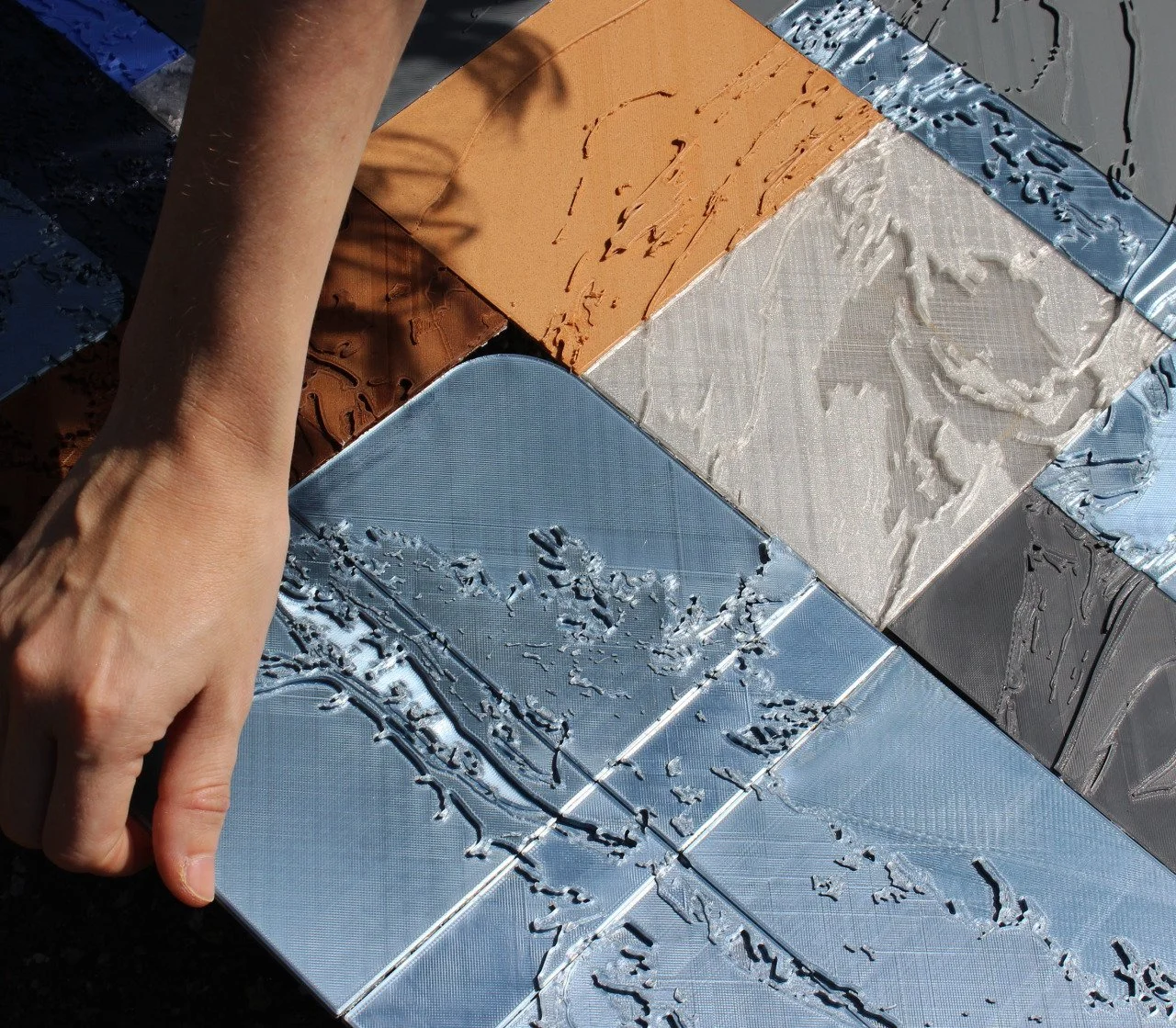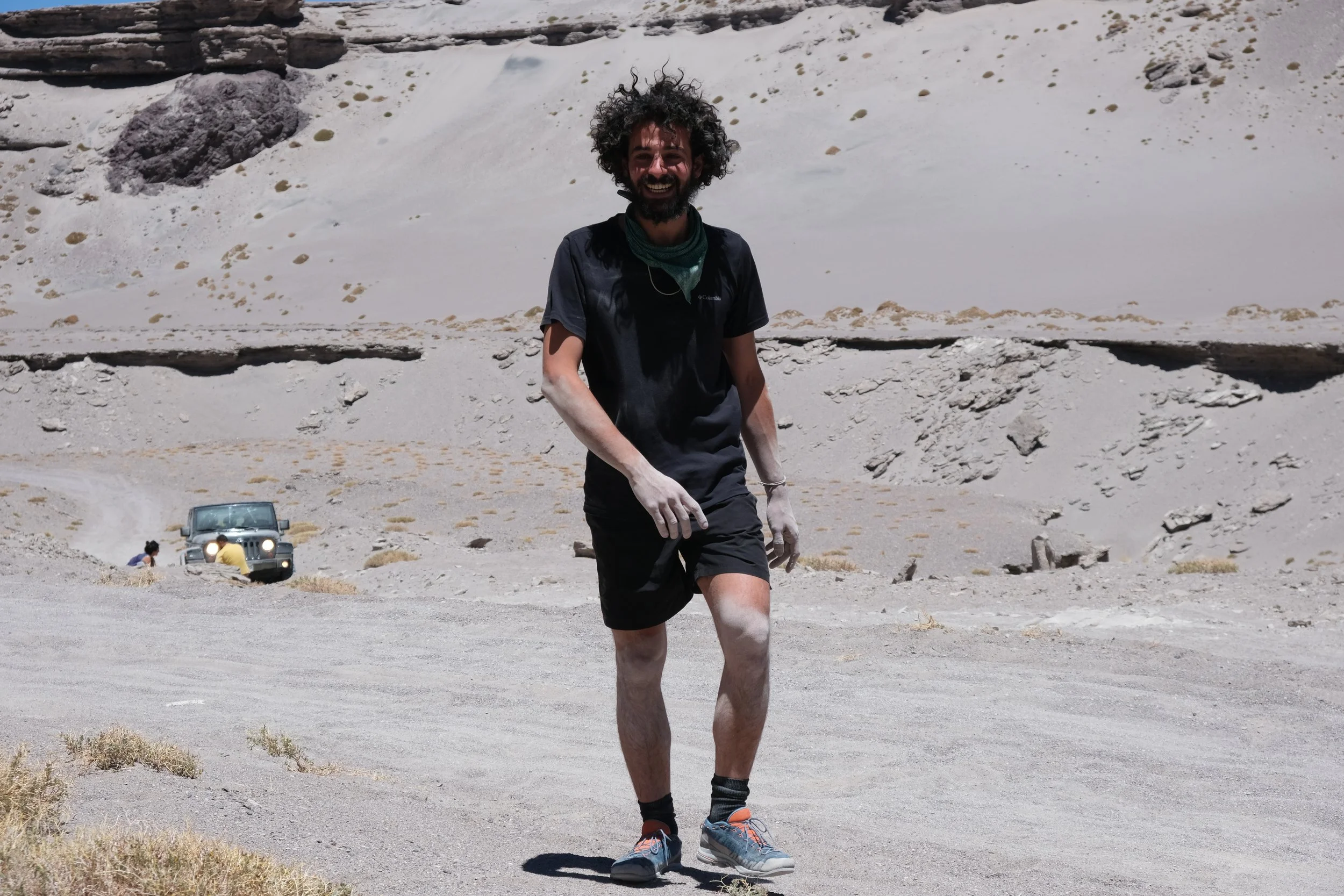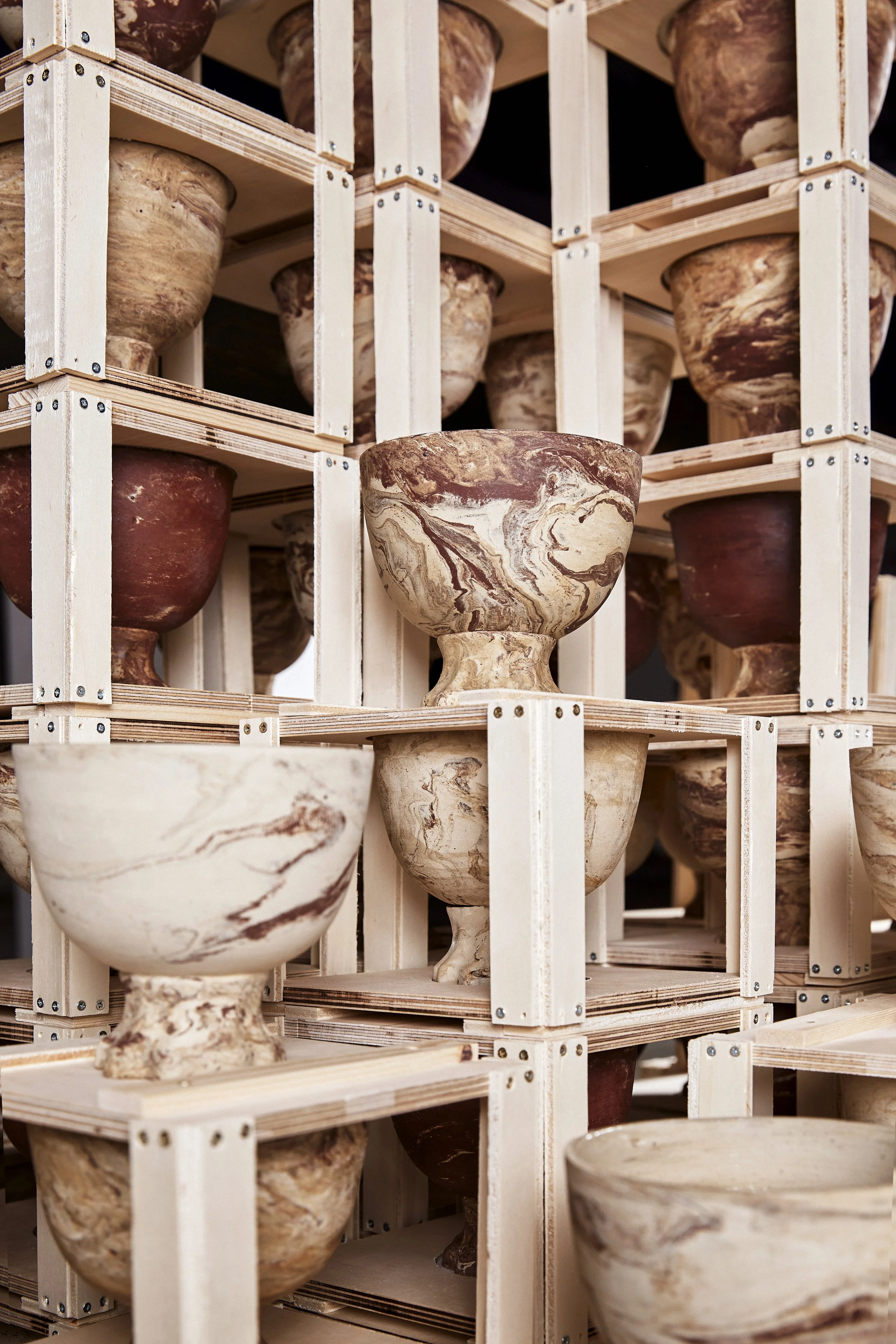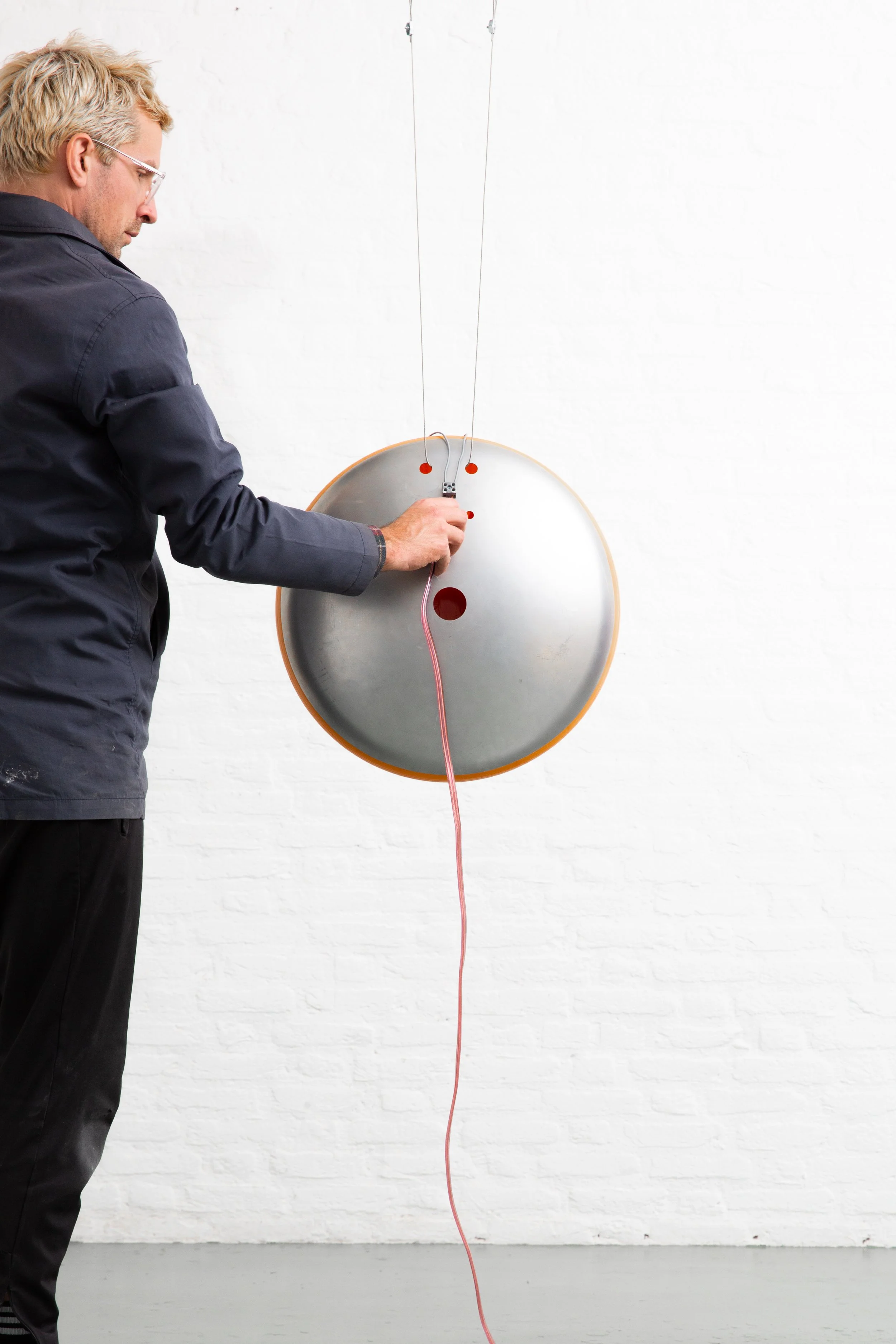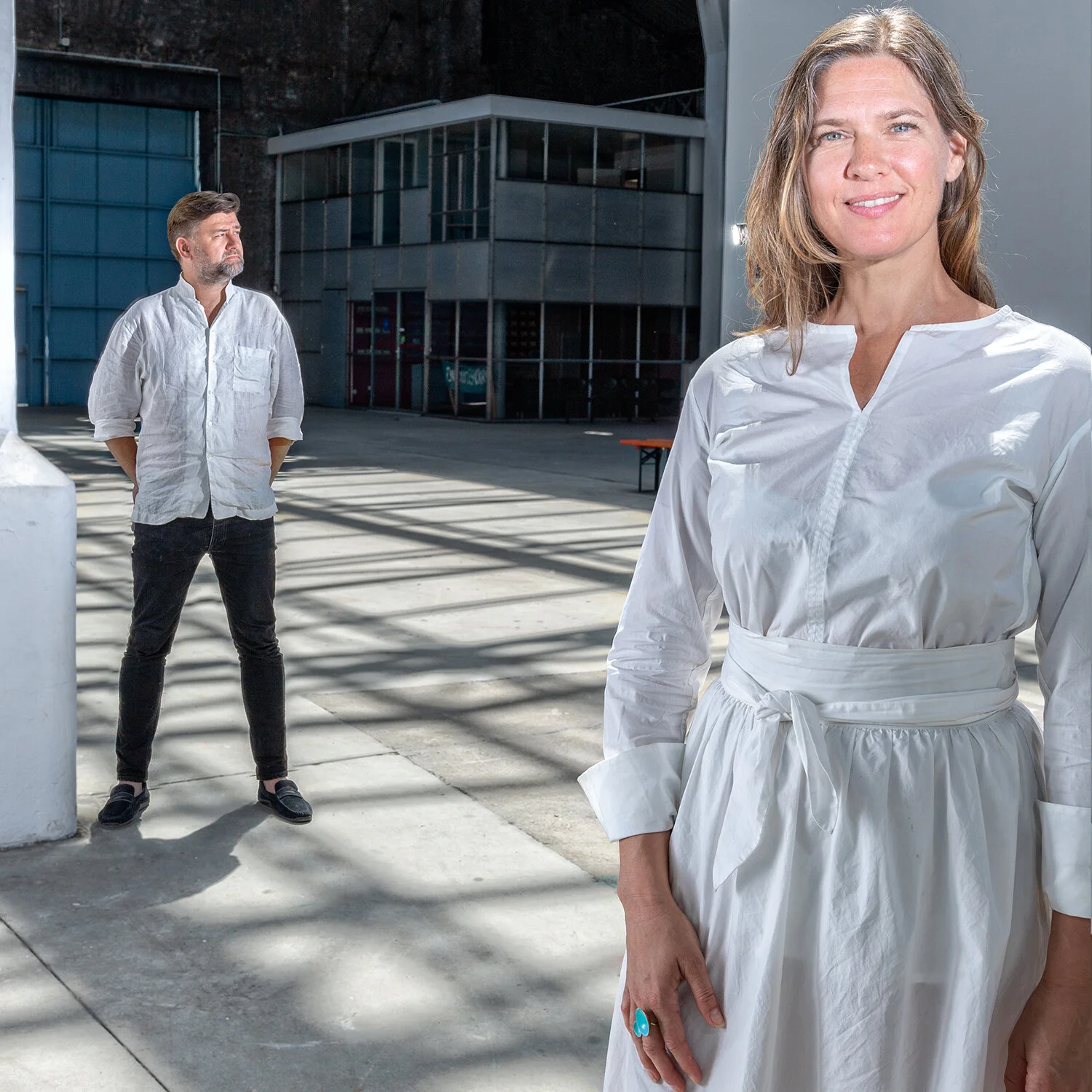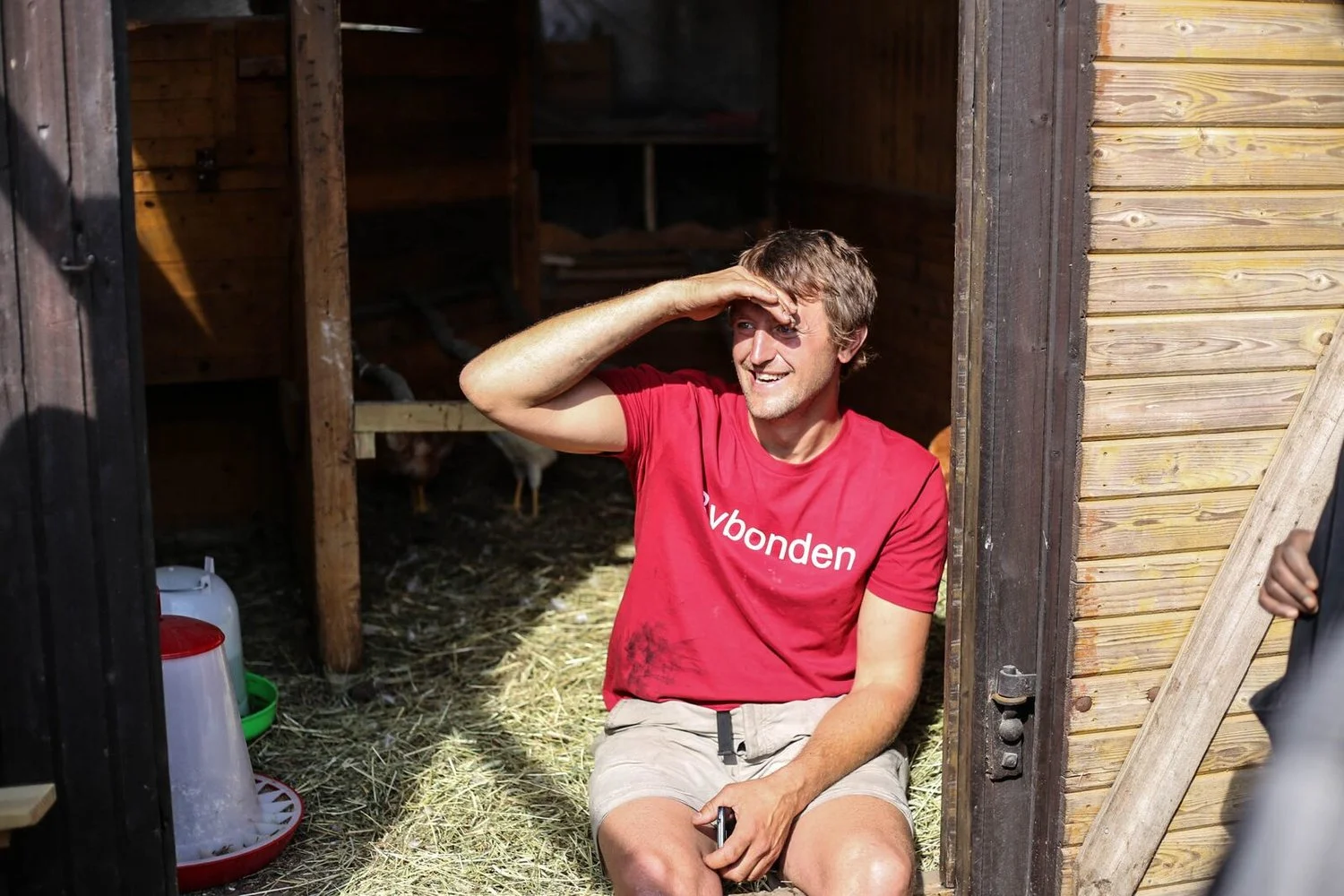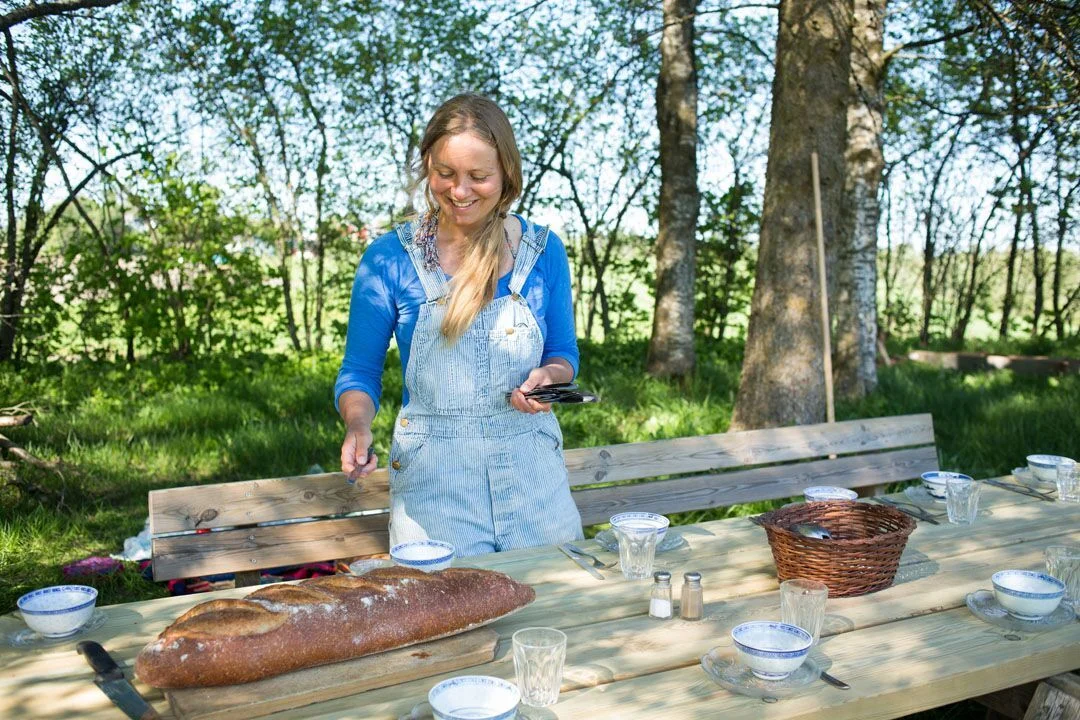Making, living & sharing with Jens Dyvik
Jens Dyvik is a dedicated designer and an advocate for communal workshops. For two years Jens has been visiting, and working, in more than 30 different Fab labs, makerspaces and hackerspaces around the world, while making the documentary “Making Living Sharing”. Now Jens is one of the forces behind Fellesverkstedet in Oslo, and an expert in digital fabrication, so we went to fellesverkstedet to talk with Jens about the maker movement, and the importance of sharing your ideas and designs.
# What is your background, and how did it come about that you decided to develop a makerspace.
I studied at Design Academy Eindhoven, a highly conceptual design school in the Netherlands. I established my own freelance design practice immediately after graduating in 2009. Through my design company I started to research and experiment with new business models for creativity and knowledge sharing. This lead me start a two year independent research project, where I continuously traveled as a nomad to different fab labs and makerspaces around the world. It was during these two years as a knowledge sharing nomad that I fell in love with communal workshops, realizing that I wanted to give something more to my city than just running a good design company. Luckily I learnt from my travels that you should never build a social space on your own, and I have been lucky to team up with absolutely amazing hardcores here in Oslo.
Photo by: Svein G. Kjøde
# How can you sum up the philosophy of the makers movement?
For me it is about openly supporting and building upon each other's shoulders, instead dragging each other down though negative attitudes. It is about taking part of something bigger than yourself, by tapping into an internet fuelled collective global brain. And putting more soul into the stuff you make, by adding and sharing components of your creation with humanity.
# Do you see makerspaces remaining something for the few specially interested, or do you believe this way of thought can scale to become a mainstream phenomenon?
The idea of making stuff together, in open and informal ways, definitely has a universal appeal. But not everybody likes to make. Some people love to consume, or support those who make the stuff they love. Everybody has a relationship with music, but that doesn’t mean that everybody should be musician. But similar to the way Youtube has uncovered hidden musical talent, so can happen with open workspaces and online knowledge sharing platforms for making.
Photo by: Svein G. Kjøde
# What is your experience of the evolvement of the maker movement the past years and what is the future of designing and making things?
We are now at a point of dilution, where making stuff in new ways has been embraced by such a diverse set of people and organizations that the so called maker movement fades into infrastructure background, becoming more anonymous, yet widespread. There is a lot of confusion between the general evolution of digital fabrication, and the social side of making, known as the maker movement. There is no doubt that more and more physical stuff will be produced digitally and locally. Hopefully we can use this technology train to connect people to each other, to the machines that make stuff and to the stories of why we make things.
Photo by: Svein G. Kjøde
# In your documentary you are talking about how important it is to share your design and your process to the world. Why is it important to share your design and process?
On the rational side, it is about eliminating artificial scarcity. Instead of holding human progress back, by artificially limiting who gets to learn or do what, we can openly share and support each other by making our knowledge and tools available for everyone. On the emotional side, it is about acknowledging that creativity does not from come inside you alone, but is synthesized from the thoughts and actions of millions of people through the ages. Intellectual property is a bizarre concept: Where did you get your inspiration from? Where did you learn the mechanic principles, or shape language behind your creation? What happens when multiple people take in input from the world, and come up with the same idea at the same time? Should only one lucky lottery winner be allowed to do business with this idea? Instead of spending resources on defensive strategies and "safety fat" in the value chain, I think it is better to invest in positive developments and collaborations. For me, knowledge sharing is about diversifying and multiplying your creative activity, instead of hedging your bets.
# What is the biggest challenge of the maker movement?
The global trend of wealth distribution regressing back to pre 20th century levels can make it tougher for young creatives to challenge the status quo and shape their own future.
Photo by: Svein G. Kjøde
# What are your favorite projects, realised at Fellesverkstedet?
I love these sweaters with wooden buttons, from hyper local Oslo based fashion brand Ver. They have been digitally 3D carved from Norwegian wood with a CNC mill at Fellesverkstedet, by the designers themselves. While the sweaters are knitted with Norwegian wool in Telemark. So much soul, in such a small object!
3D carved buttons by Ver - made at Fellesverkstedet.
Elementa Conversations:

